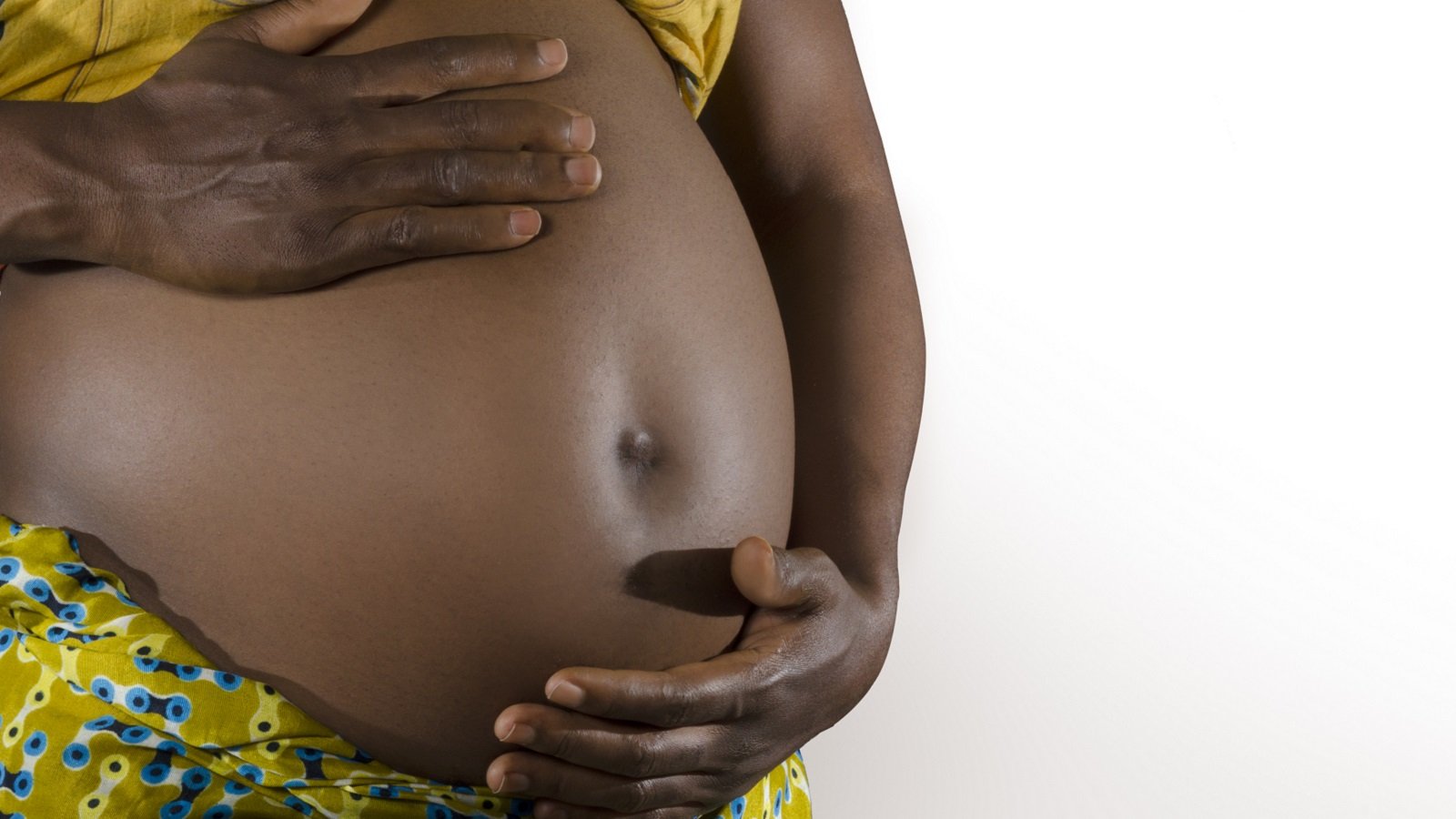Drug-involved fatal poisonings for 2020 are expected to reach over 100,000 in the United States—a 40% increase from the 70,630 lives lost in 2019. A focus on cisgender men who use drugs (due to their increased absolute illicit drug poisoning deaths) has contributed to existing gender disparities in addressing unmet needs among women who use drugs, thereby failing to address the 260-500% increase in fatal drug poisonings among women aged 30-64 in the United States between 1999-2017.
The United States’ criminalization of sex work and substance use further pushes pregnant and parenting individuals into poverty, while increasing trauma, economic exclusion, and negative health outcomes. Moreover, under the Children and Safe Families Act, the federal government requires states to investigate substance use during and shortly after pregnancy, with varying requirements, such as mandatory investigations on individuals who use opioid medications as prescribed and requiring healthcare providers to file a report with child protective services if an infant tests positive for any non-prescribed controlled substance. In at least 23 states, substance use during pregnancy is considered child abuse, which unintentionally perpetuates systemic violence and allows implicit bias to impact whether or not a family remains intact. Formal and informal custody loss has resulted in an increase in substance use among African American mothers in the United States by a factor of 4.14, further contributing to incarceration and mortality rates.
Additionally, people who use drugs, particularly Black, Indigenous, and People of Color (BIPOC), are disproportionately impacted by systemic oppression (e.g., racism, sexism, classism, homophobia, transphobia), poverty, houselessness, and food insecurities. These social determinants of health (SDOH) can influence whether an individual is more (or less) likely to die from an overdose.
Opioid agonist treatments (OAT) include methadone and buprenorphine and are best-evidence medications used to reduce overdose, opioid-related morbidity, and promote stabilization and recovery. However, lack of access to prescription methadone and buprenorphine contribute to individuals obtaining OAT illicitly. Substantial federal regulations surrounding the administration of methadone create inaccessible conditions, especially for pregnant and parenting individuals.
Further, the drug supply has taken a dramatic turn over the last decade to escape prohibition. The flood of fentanyl into the heroin supply has made the initiation of buprenorphine and buprenorphine-naloxone (Suboxone) treatment more difficult. To address this, providers can implement the successful practice of micro-dosing (the Bernese method) to help reduce the sudden and painful withdrawals and increase successful transitions.
The following are actions to mitigate harm for patients:
- Providers and public health professionals can utilize the Continuum of Overdose Risk (COR) framework to understand contextual factors and social determinants of health related to overdose. Providers and public health professionals can implement the COR’s six strategies to address new challenges posed by synthetic substances and polysubstance use under the current abstinence-centric ideology and to dismantle racism across silos.
- Providers can learn the differences in terms, including “substance use,” “substance dependence,” and “substance use disorder,” using these terms correctly in their documentation.
- Providers can train to become principled providers, as this emphasizes patient autonomy, harm reduction, shared decision-making, and informed consent, ultimately addressing major gaps within individual levels of care as well as dismantling and redesigning our broken healthcare system.
- Providers can also work to reduce stigma and mistreatment, including medical stigma (not addressing the primary concerns, providing inadequate services), social stigma (shaming), and abusive behavior (verbal and physical).
- Providers and public health professionals can offer accurate, evidence-based information for individuals who use substances to assist them in making informed choices for their particular situation. This may include information about polysubstance use, drug interactions, and harm reduction strategies. Person-centered care empowers patients to know their rights and set goals for addressing substance use on their own terms, rather than being forced to accept the binary system of abstinence or failure.
- Providers can research and evaluate current pandemic requirements for patients who use substances and assess whether specific practices (e.g., urine drug screens) are necessary or if they could have negative consequences that ultimately increase the risk of overdose-related death for patients.
- Providers can offer peer-administered naloxone, mail-based supplies, and immediate referrals to harm reduction services, such as syringe service programs.
- Harm reduction programs can incorporate reproductive health information and services, including education on babies with substance exposure, referrals, and supplies, such as pregnancy tests and birth control (when available), to remove stigma associated with perinatal substance use.
- Community-based programs can reimagine ways to help repair communities, check-in and help with what they need, whether it be food, housing, childcare, or other resources, as these community-based approaches are effective and do not involve the unnecessary, damaging criminalization of people who use drugs.
Lastly, if you are a pregnant or parenting person who is undergoing child service interventions and/or facing family dissolution as a result of your opioid-based medication, you may be facing illegal discrimination. You can file an Americans with Disabilities Act complaint online if you feel a decision about your case has been made as the result of stereotypes about your medication or condition. Legal Action Center and National Advocates for Pregnant Women also provide resources, information, and possible legal assistance to patients and providers.
Persons who use substances deserve the dignity, compassion, and respect that we offer to all other individuals. The COVID-19 pandemic and its public health responses have unintentionally resulted in increased overdose deaths, creating a storm of syndemics. Direct action to ensure multi-level approaches with evidence-based practices, pragmatism, and compassion are critical to addressing the harms caused by the criminalization of substance use and racialized policies for health equity and reproductive justice.
**Feature photo obtained with standard license on Shutterstock.
Interested in other articles like this? Subscribe to our bi-weekly newsletter
Interested in contributing to the Harvard Primary Care Blog? Review our submission guidelines

Ashley Shukait, MPH, CHES, is a Public Health Consultant and Harm Reduction Program Manager for Unified HIV Health and Beyond in Southeast Michigan. She is dedicated to integrating collective action by applying a trauma-healing racial justice lens to center the voices of people with lived and living experiences of substance use, sex work, and those harmed by racialized drug policies and systems.
 Glyceria Tsinas, QMHA, is the Director of Development for the Academy of Perinatal Harm Reduction in Portland, Oregon, and she works tirelessly to push back on antiquated narratives about drug use and parenting. Her dynamic and unique blend of equal parts harm reduction professional and drug war survivor posit her to create grounded yet innovative solutions to complex problems.
Glyceria Tsinas, QMHA, is the Director of Development for the Academy of Perinatal Harm Reduction in Portland, Oregon, and she works tirelessly to push back on antiquated narratives about drug use and parenting. Her dynamic and unique blend of equal parts harm reduction professional and drug war survivor posit her to create grounded yet innovative solutions to complex problems.
- Share
-
Permalink


